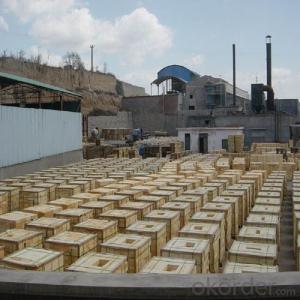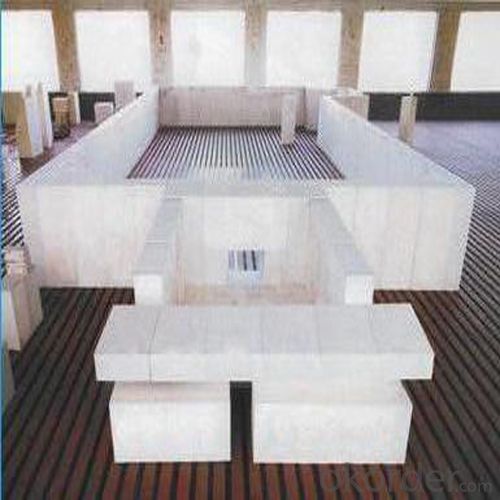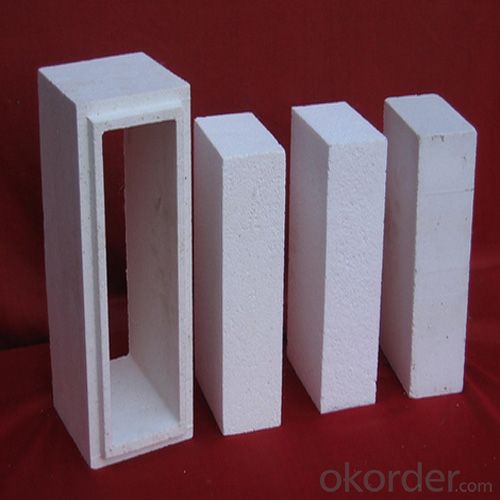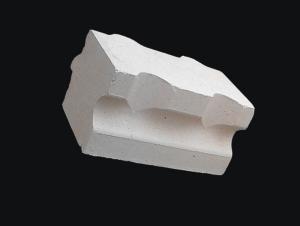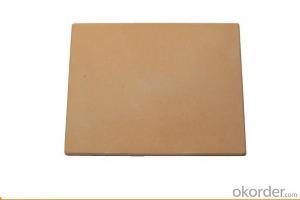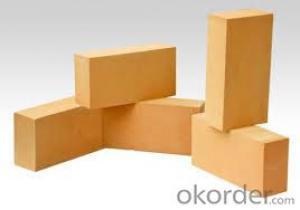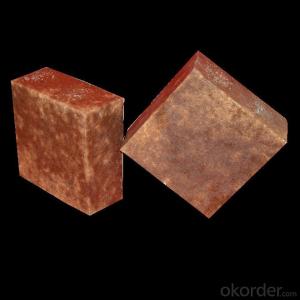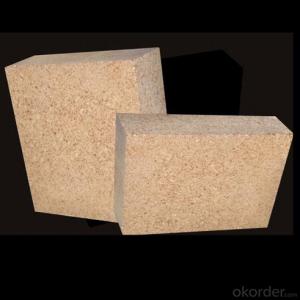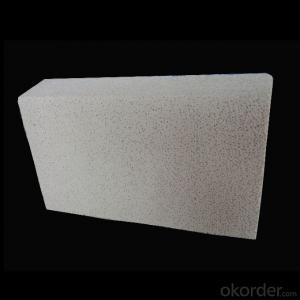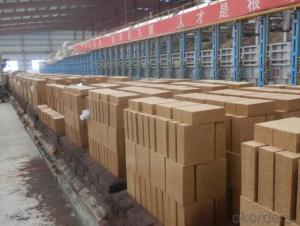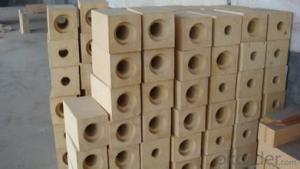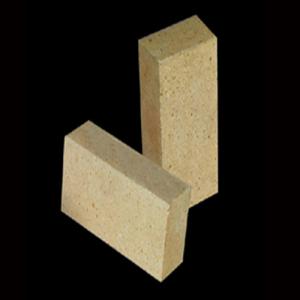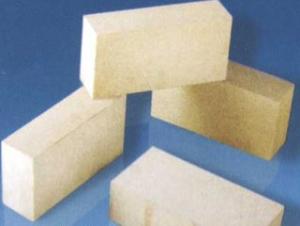High Alumina Brick 90% Alumina - High Quality Refractory Material
- Loading Port:
- China Main Port
- Payment Terms:
- TT OR LC
- Min Order Qty:
- -
- Supply Capability:
- 500000 pc/month
OKorder Service Pledge
OKorder Financial Service
You Might Also Like
Features and advantages:
Features and Benefits:
1. High refractoriness
2. Excellent wear resistance and thermal shock resistance
3. High bulk density, good mechanical strength
4. RUL high
5. Low temperature line changes
6. Long life, is 1.5 times the normal product
Technical Data of High Alumina Brick 90% | ||
Physical Properties: |
|
|
Refractoriness | ℃ | 1790 |
Permanent Linear Change(1500℃×3h)% | % | ±0.1 |
Apparent Porosity, % | % | ≤19 |
Cold Crushing Strength | Mpa | ≥70 |
Refractoriness Under Load (T0.6) | ℃ | ≥1700 |
Thermal Expansion, % | % | ≤0.8 |
Density | g/cm3 | ≥2.90 |
Chemical Analysis: |
|
|
Al2O3 | % | ≥90 |
Fe2O3 | % | ≤0.8 |
Note: | ||
- Q: Is there a big difference between two high alumina brick and one high alumina brick?
- The difference between the two kinds of high alumina bricks is great. I perennial in Zhengzhou was responsible for the production and sale of colt refractories
- Q: In 2016, a few of the traditional refractory materials will be able to survive
- From the year 2015 to the year 16 the end of the year, refractories industry presents two kinds of situations: one is a small business, a single product variety and equipment, to meet the demands of both environmental protection and the downstream market, such enterprises are generally in the Qing state inventory;
- Q: What refractory material does cupola lining use?
- Materials defined as physical and chemical properties that allow them to be used in a high temperature environment are called refractory materials. Refractory materials are widely used in metallurgy, chemical, petroleum, machinery manufacturing, silicate, power and other industrial fields, the largest amount of metallurgical industry, accounting for 50% ~ 60% of the total output.
- Q: Application characteristics of high alumina brick
- Refractoriness. High alumina brick products are advanced varieties of aluminium silicate refractory products, and their refractoriness increases with the increase of Al2O3 content, generally not less than 1750 - 1790 DEG C. If the content of Al2O3 is more than 95% of corundum brick, the refractoriness can be as high as 1900-2000 degrees.
- Q: How many cubic bricks does a high alumina brick have?
- Different content of aluminum, different proportion, weight is not the same. General grade T3 standard brick, 4.3~4.5kg, aluminium content 75. T3 size 230*114*65mm.
- Q: Corundum, high alumina and fireclay refractory difference is what
- In fact, they are not consistent with raw materials, corundum refractories can use white corundum, white corundum, brown corundum corundum material, alumina content of these materials is higher than 90%, while the high aluminum refractory material is bauxite, alumina in 90 to less than 70, and clay raw materials the aluminum content is less than 70..
- Q: What are the specifications for bricks?
- In a proper ratio of lime sand brick and quartz sand, sand or fine sand, the ground, Kazumi Wa, semi dry pressing and autoclaved curing and. The fly ash brick is made of fly ash as main raw material and mixed with cement material such as coal gangue, stone powder or clay. It is made up of batching, molding, drying and roasting. It can make full use of industrial waste residue and save fuel.
- Q: Are there any differences between insulating bricks and refractory bricks?
- The insulation performance of thermal conductivity of insulating brick in general 0.2-0.4 (average temperature 350 - 25 DEG C) w/m.k, and the thermal conductivity of refractory brick in 1 (the average temperature of 350 - 25 DEG C) above w/m.k, which can obtain the insulation performance of insulating brick than refractory brick insulation performance is much better.
- Q: How does the physicochemical index change when the high alumina brick is used at high temperature?
- If the range of softening temperature exceeds the load, the constants of other physical and chemical indexes will also increase or decrease.
- Q: What is the high temperature limit of refractory bricks and refractory soil?
- According to the preparation process can be divided into bricks, brick, electric melting brick (Rong Zhuzhuan), the refractory insulating bricks; according to the shape and size can be divided into standard brick, ordinary brick, specific rotation. It can be used as high temperature building materials and structural materials for construction kilns and various thermal equipments, and can undergo various physical, chemical and mechanical changes at high temperature.
Send your message to us
High Alumina Brick 90% Alumina - High Quality Refractory Material
- Loading Port:
- China Main Port
- Payment Terms:
- TT OR LC
- Min Order Qty:
- -
- Supply Capability:
- 500000 pc/month
OKorder Service Pledge
OKorder Financial Service
Similar products
Hot products
Hot Searches
Related keywords
